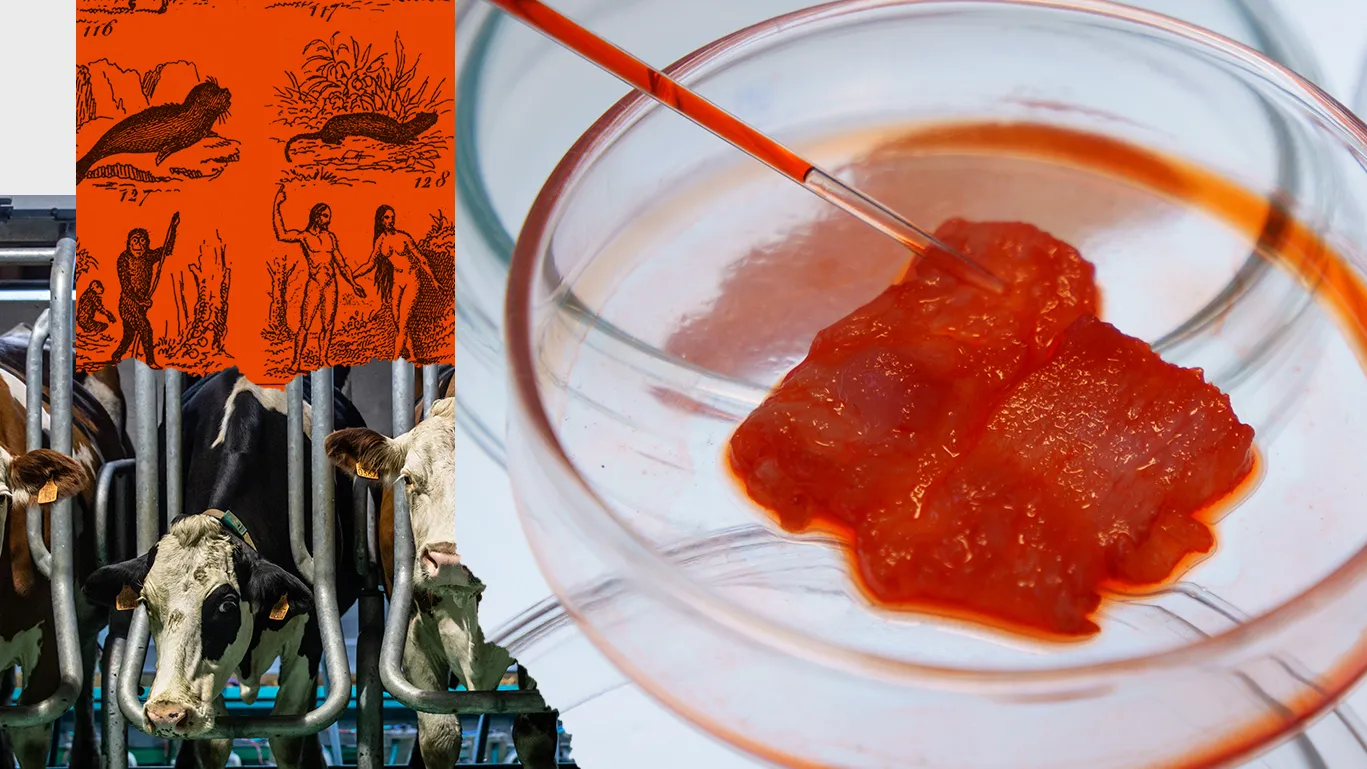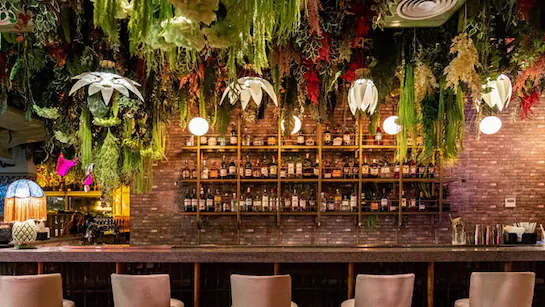The concept of farming has always been rooted in the idea of raising livestock, cultivating crops, and harvesting resources from nature. But a radical innovation has emerged in a world increasingly concerned about sustainability, ethics, and the environmental impact of meat production—a farm that grows meat without animals.
For centuries, humanity relied on traditional farming to produce meat. Cattle, chickens, and pigs were raised, slaughtered, and processed to feed billions. However, with rising concerns over deforestation, greenhouse gas emissions, and the ethical treatment of animals, scientists and food innovators sought a new way to produce meat that didn’t involve harming a single living creature.
This led to cultured meat farms, which are not raised but grown in controlled environments. These futuristic farms use cellular agriculture, where animal cells are taken, cultivated, and multiplied to form real meat—without the need for an actual animal.
The process begins with a small sample of animal cells, often taken harmlessly from a living animal. These cells are placed in a bioreactor, a high-tech environment that mimics the natural growth conditions of muscle tissue inside a living body.
By feeding the cells essential nutrients—proteins, amino acids, and oxygen—the tissue grows just as it would inside an animal. Over time, the result is accurate, edible meat, indistinguishable in taste and texture from traditionally farmed beef, chicken, or pork.
The impact of meat-growing farms is profound. With this technology, entire industries could be transformed:
No More Animal Suffering – Millions of animals could be spared from factory farming conditions, reducing cruelty and ethical concerns.
Reduced Environmental Damage – Traditional meat farming contributes heavily to deforestation, water pollution, and methane emissions. Cultured meat drastically reduces these effects.
Food Security for the Future – As global populations rise, growing meat without animals could help address food shortages, ensuring protein availability for future generations.
Companies like Upside Foods, Eat Just, and Mosa Meat have already begun producing lab-grown meat, with some countries approving its sale. The farm of the future may not resemble rolling pastures and grazing cattle but relatively clean, efficient, high-tech laboratories producing sustainable food.
Despite its benefits, cultured meat faces challenges. Some people hesitate to embrace lab-grown food, questioning its naturalness and safety. Additionally, large-scale production remains expensive, though costs are expected to decrease as technology advances.
Another concern is whether traditional farmers and meat industries will accept this shift or resist it. While some see it as a threat, others see it as an opportunity—a way to transition from livestock farming to bio-based food production.
Imagine walking into a restaurant in 2050, ordering a steak, and knowing that no animal was slaughtered to make your meal. Imagine a world where farms no longer need vast amounts of land and water but operate efficiently, providing real meat with a fraction of the resources.
The farm that grows meat without animals may have once sounded like science fiction, but it is rapidly becoming science fact. The real question is—are we ready to embrace it?



